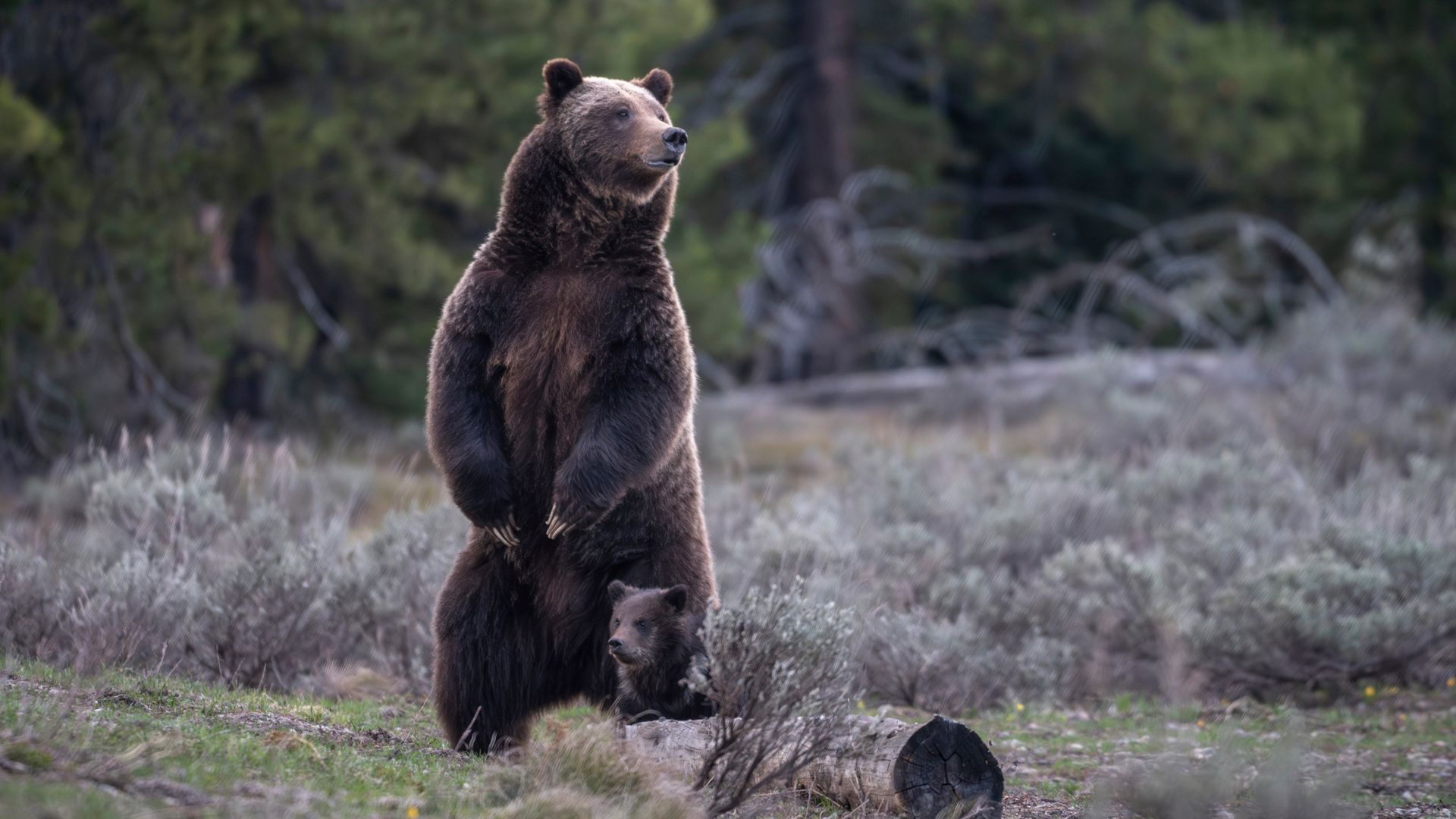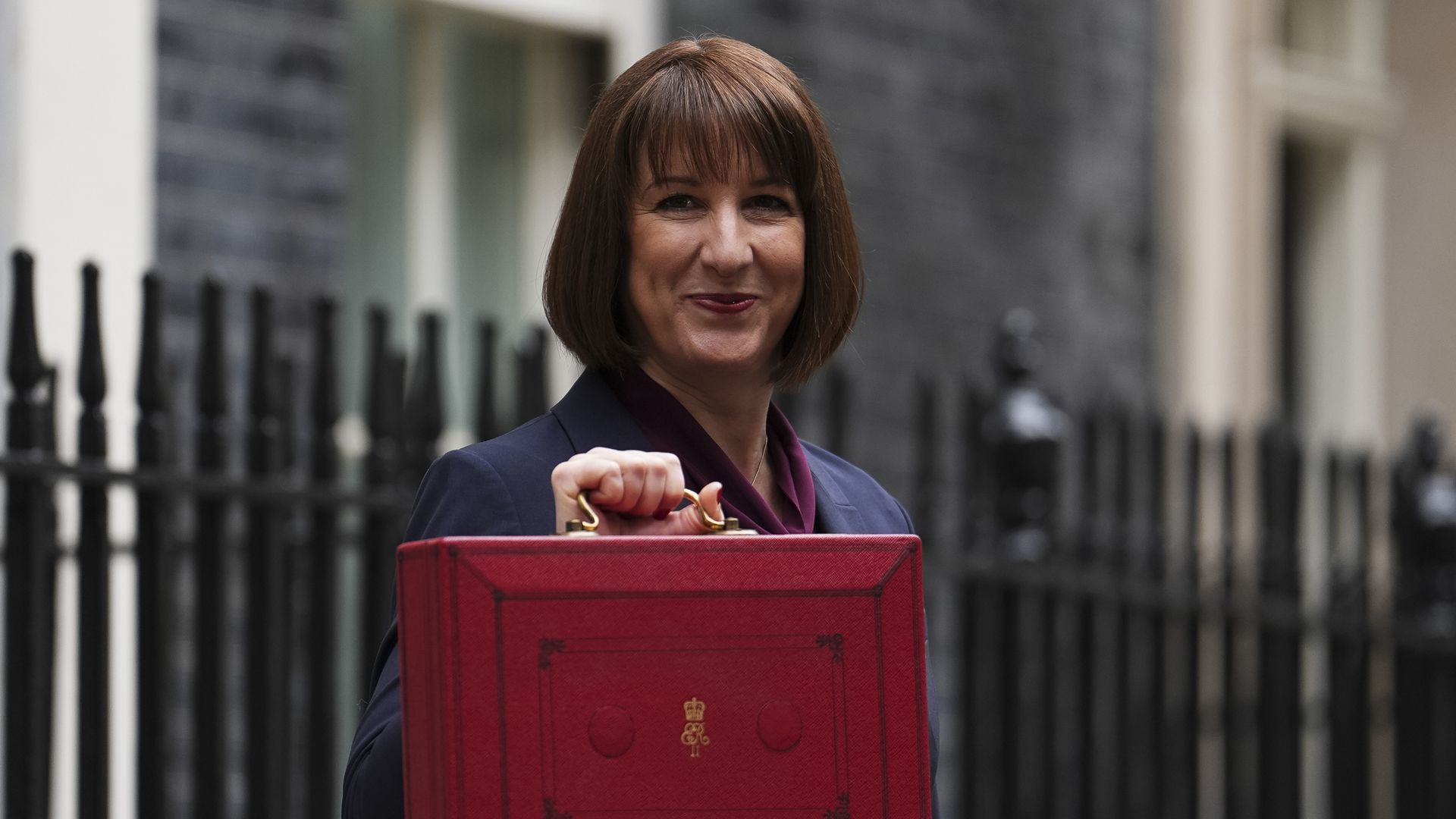
WRITTEN BY JUDY HARRISON
Brides, bridesmaids, flower girls, pageant contestants, and high school kids heading to proms — Kevin Koski has helped make them all look gorgeous for their special moments.
Koski, the resident costume designer at Penobscot Theatre Company in Bangor, runs an alterations business as a sideline called the House of Koski. He sees clients at the costume shop on Griffin Road in Bangor over his lunch hour and after his working hours for the PTC.
The major similarity between designing and altering clothes for a show and for a bride is what the outfit says about the person wearing it. Costumes for a play or musical should reflect the character wearing them. A bridal gown or prom dress is an outward expression of the personality of the person wearing it.
For Koski, the difference between a costume and a gown is the emotional attachment the person wearing it feels. Also, bridal and prom gowns are rarely worn more than once. Costumes designed and made for a show are saved so they can be used again.
The most requested alteration is hemming, according to Koski. Altering shoulder straps and taking in waistlines also are common. The most difficult are what are called “princess lines,” which are seams that run over the bust and down to the waistline, Koski said.
“There often is beading and lace appliqued over the fabric that have to be removed and replaced using hand stitching,” he said. “That is time consuming and delicate work.”
Wedding gowns can be the most expensive outfits the wearer ever owns. Last year, the average wedding gown cost about $2,000, according to a survey of nearly 10,000 couples in the U.S. conducted by wedding-planning website theknot.com. The price was up slightly from $1,900 in 2022 and $1,800 in 2021.
Gowns Koski has altered have ranged from second-hand dresses bought for a few hundred dollars to new ones costing $10,000.
“Alterations can range from $200 to $2,000, depending on what needs to be done and how many custom features are added,” Koski said. “Custom work from scratch ranges from $1,500 to $5,000, depending on the request.”
Koski’s custom work has included repurposing a vintage wedding dress into a bolero jacket for a client and creating a colorful jacket, vest, and cravat based on fashion from the Regency Era for his brother to wear at his wedding last year.
Wedding dress alterations usually take anywhere from six to eight weeks to complete. The time required to complete the process can vary depending on the complexity of the alterations. Koski usually sees brides about six months before the wedding and alters prom dresses several months out.
Koski learned a few basic sewing skills attending Edward Little High School in Auburn, but it was at the University of Maine where he learned about building costumes and altering them to fit actors. When he arrived in Orono in 2007 as a theater major, the only work study job available was working in the costume shop.
He had the job all four years until his graduation in 2011 and, eventually, designed for shows. Koski also got his start altering bridal gowns from his boss, who had a sideline business as he does now. He was hired in 2012 by the theater company’s former Artistic Director Bari Newport and started his alteration business the same year.
Initially, Koski altered about half a dozen gowns that first year but the business has grown steadily with about 20 percent of his wedding clients in same-sex relationships. Since the pandemic ended, he has averaged 200 outfits a year for weddings, proms, and other special occasions with word spreading on Facebook, recommendations from bridal shops, and through word of mouth.
House of Koski is located at 14 Griffin Road, Bangor. Kevin Koski can be reached at (207) 754-6970 or [email protected].












